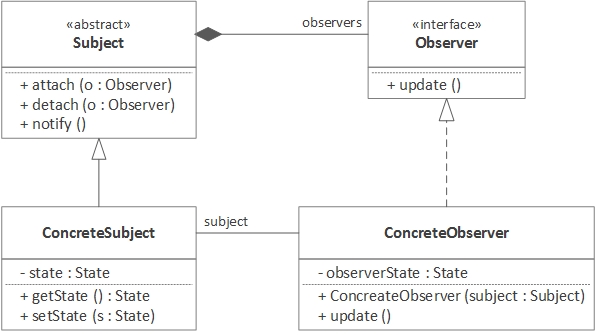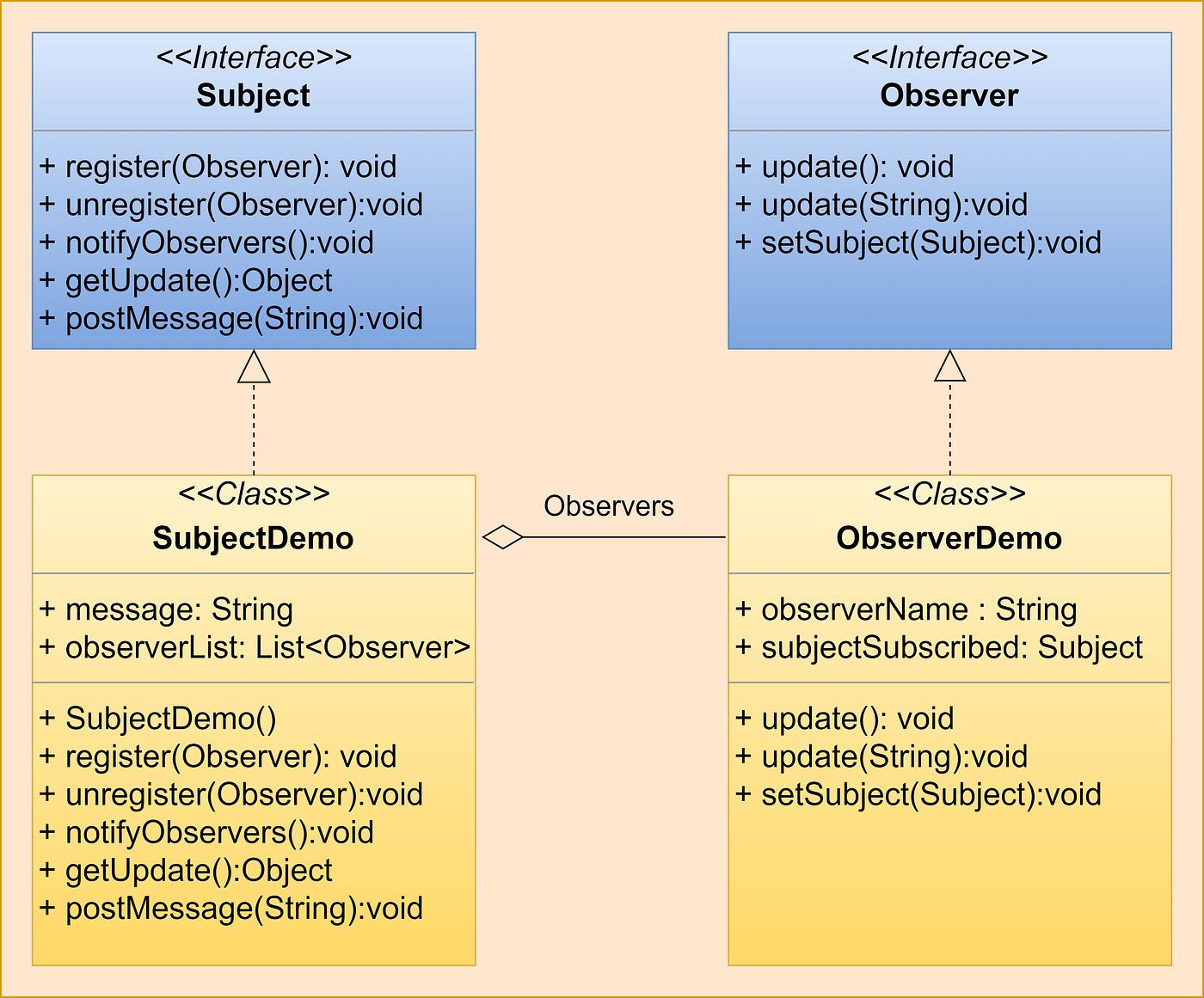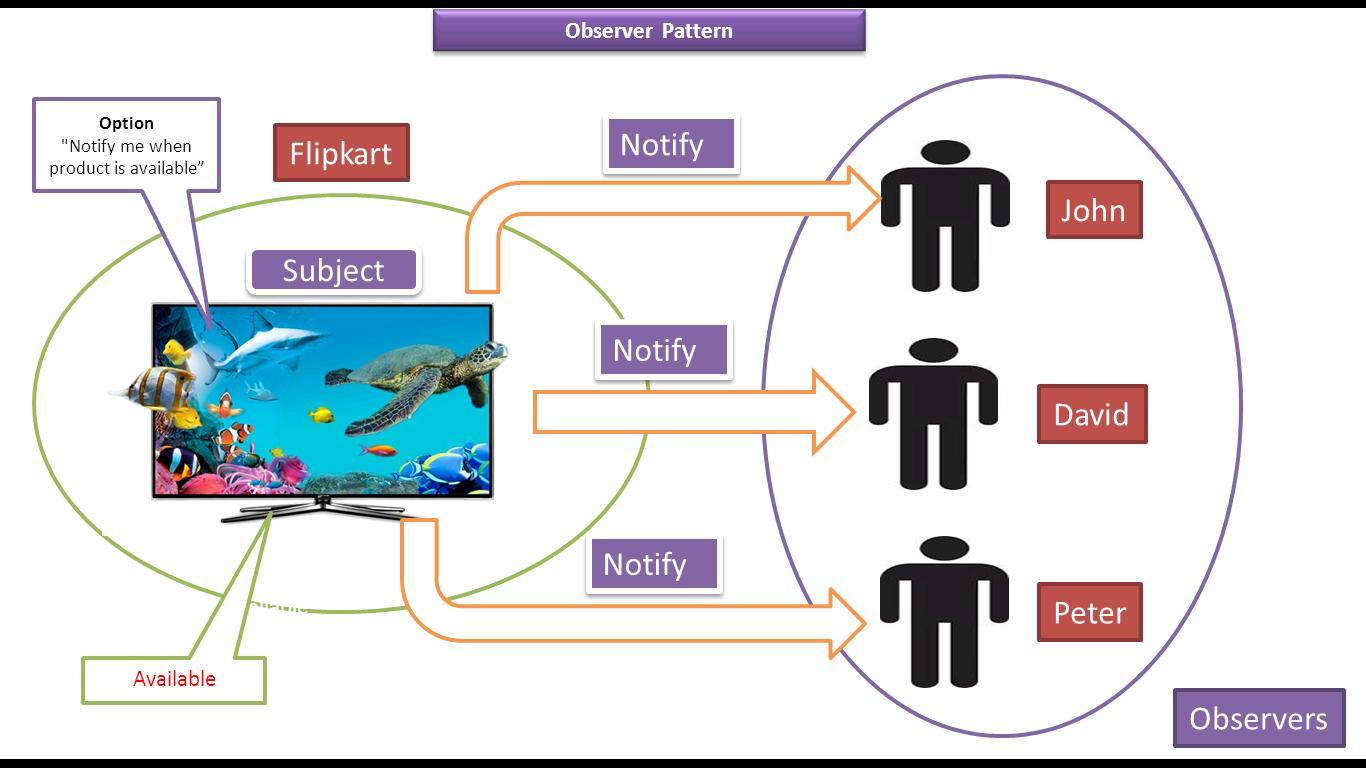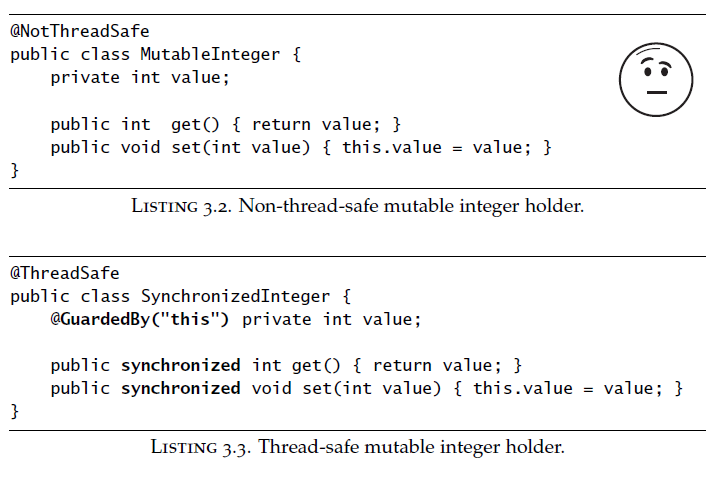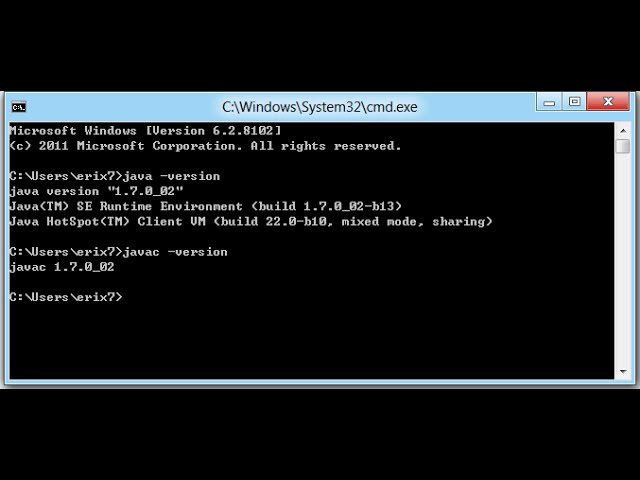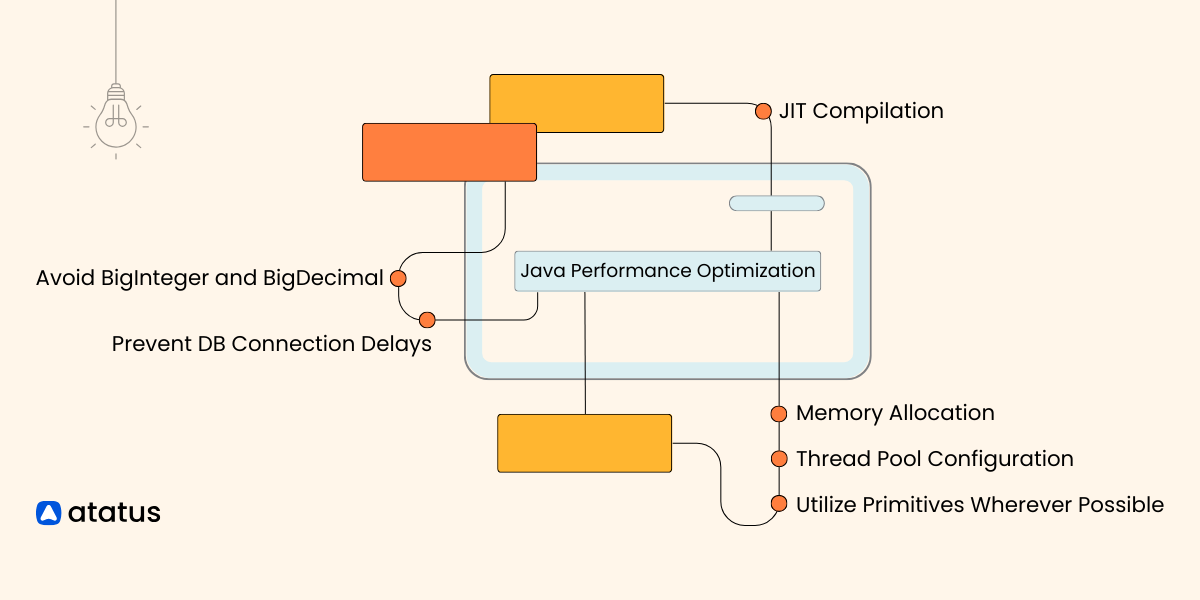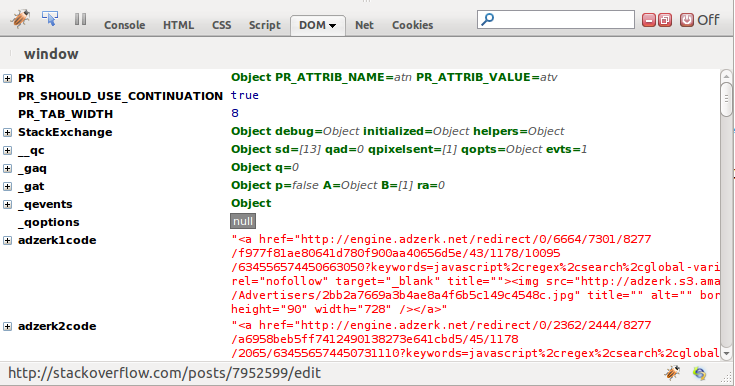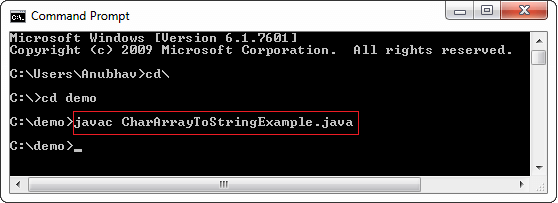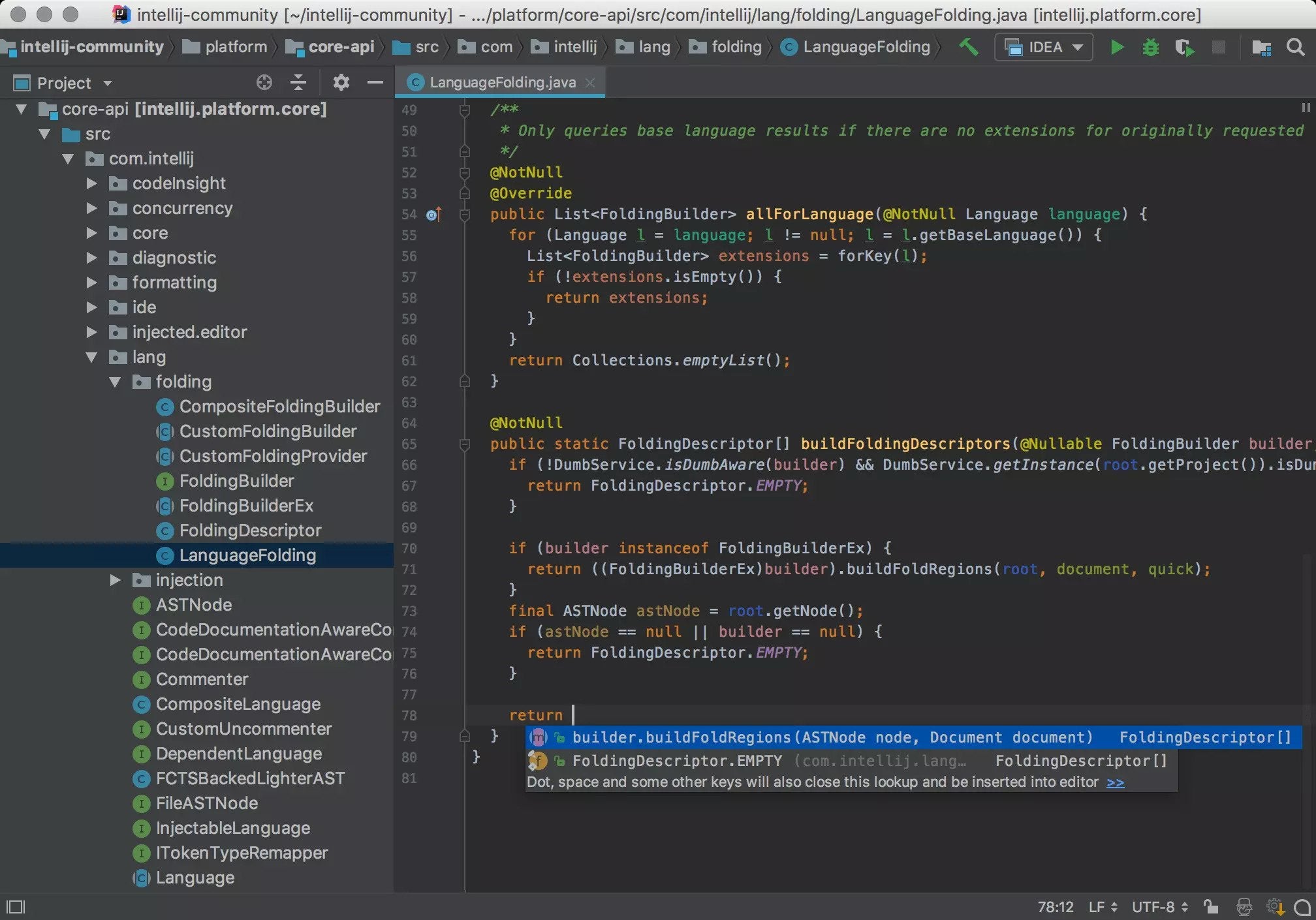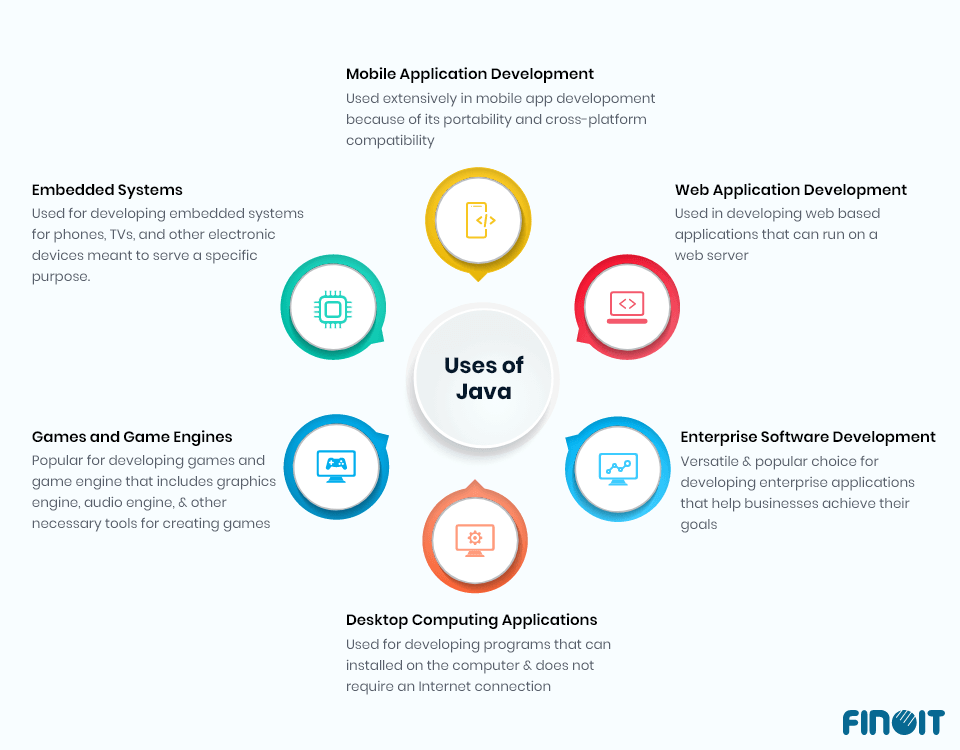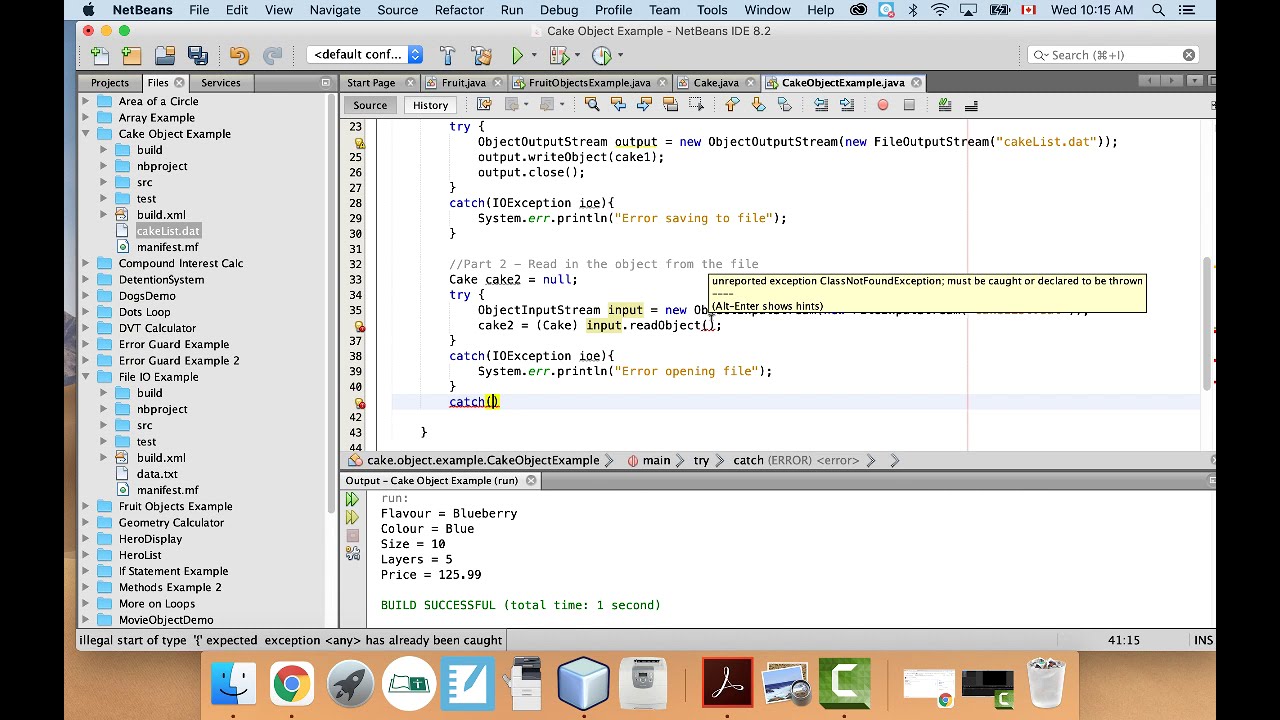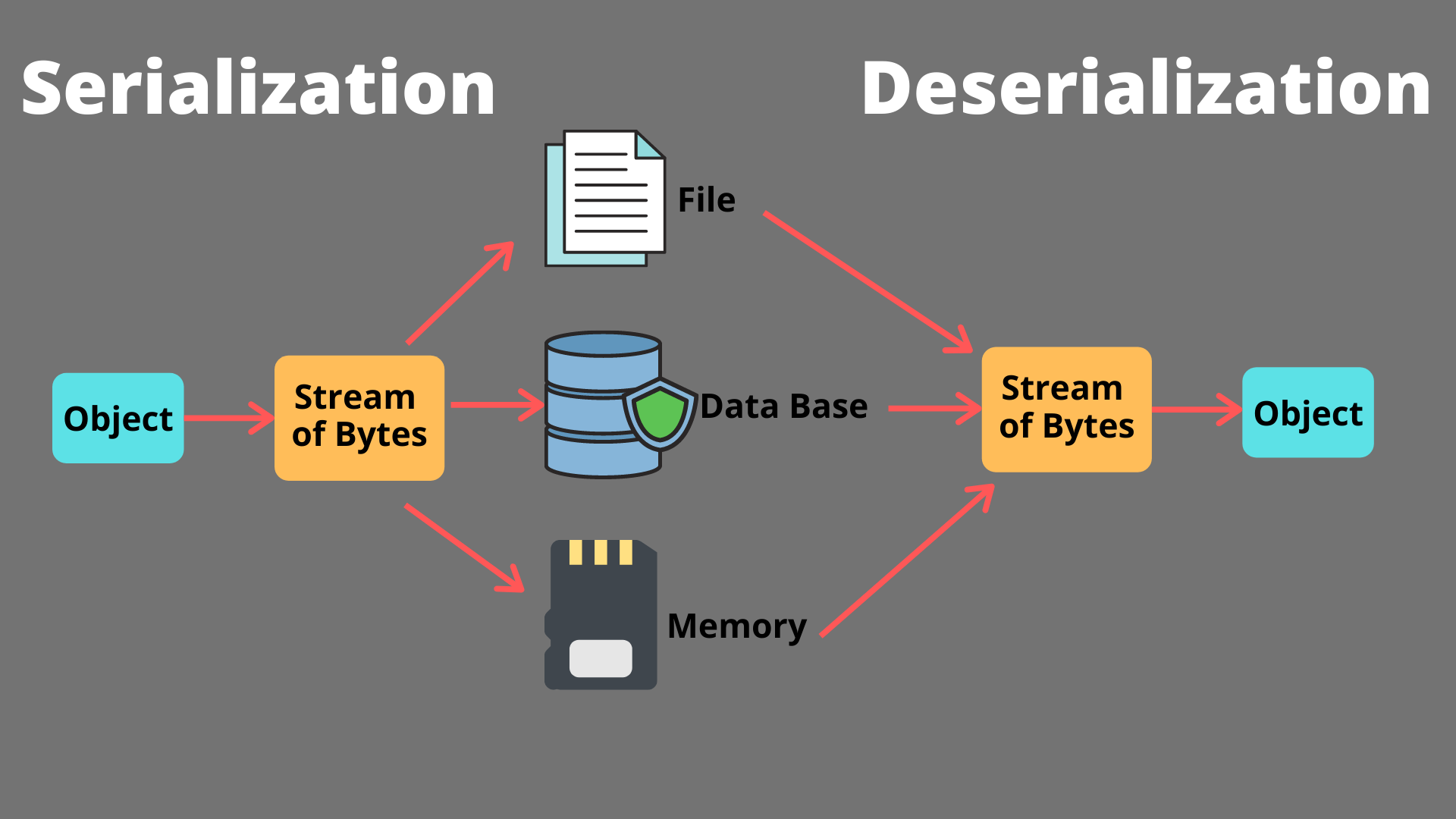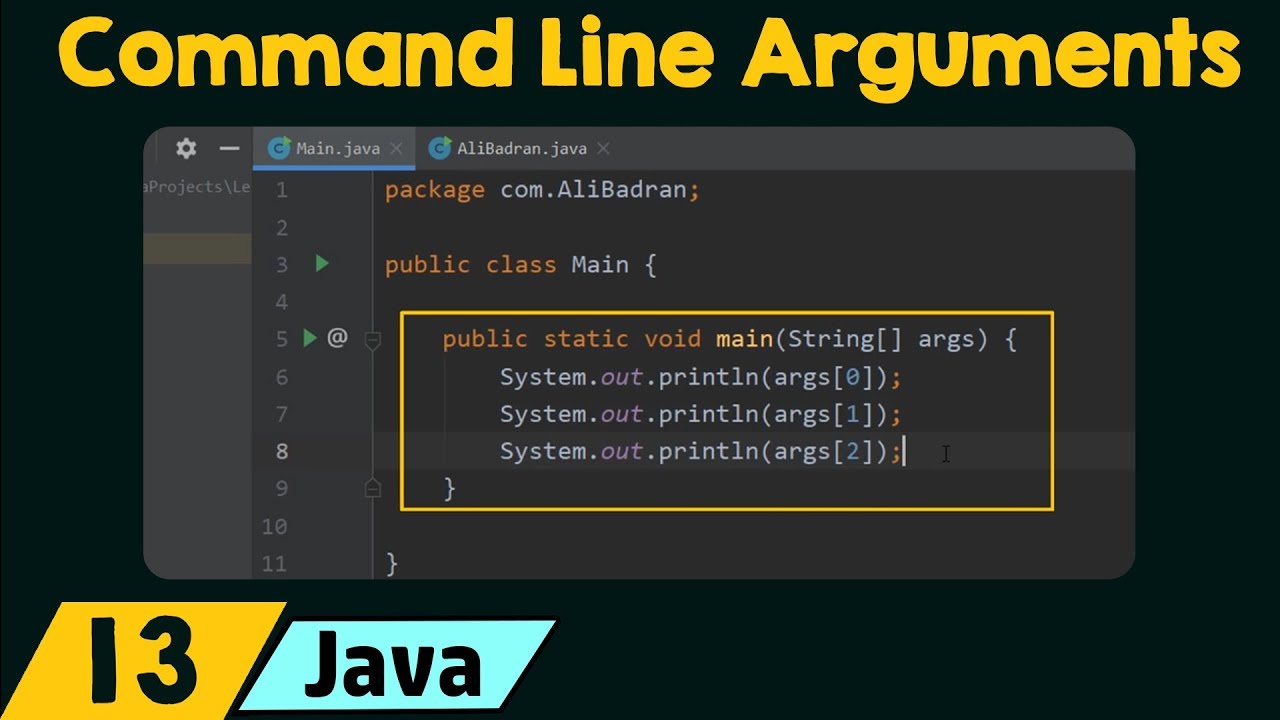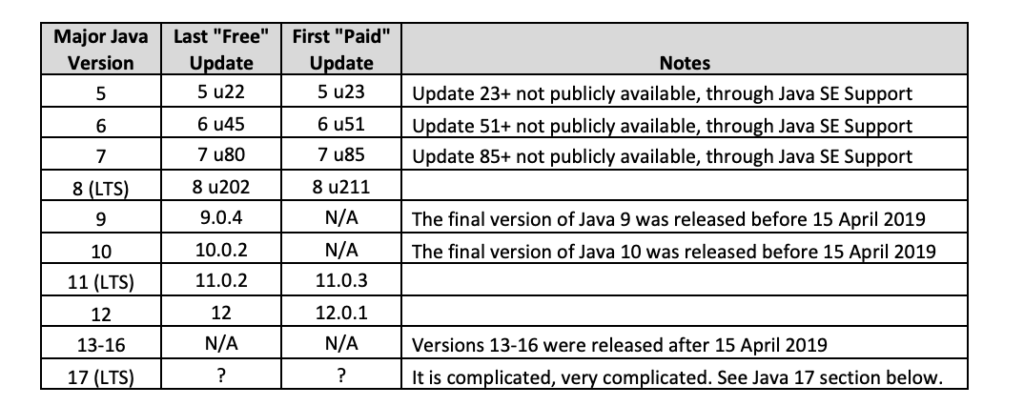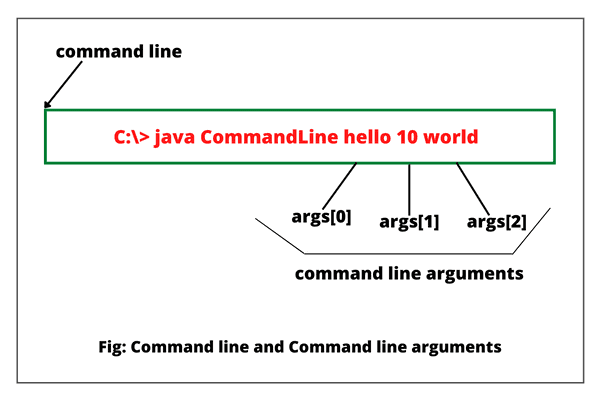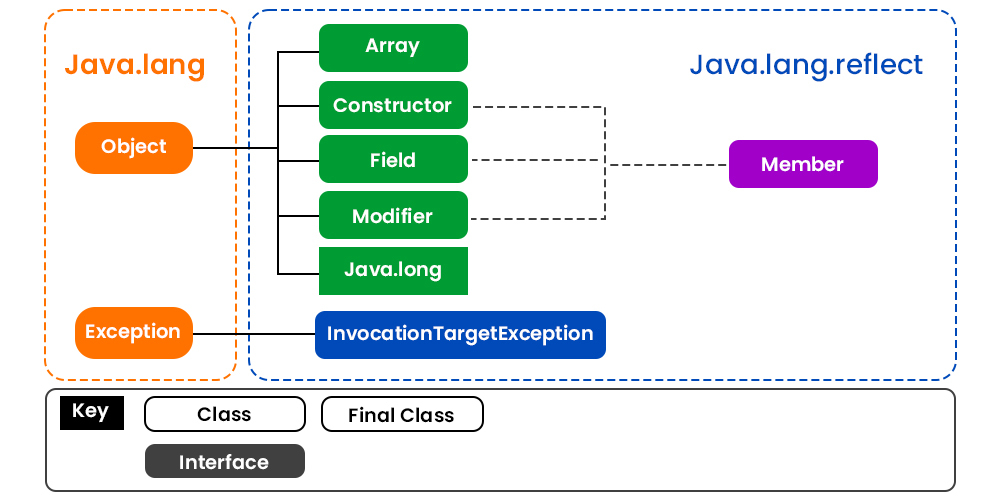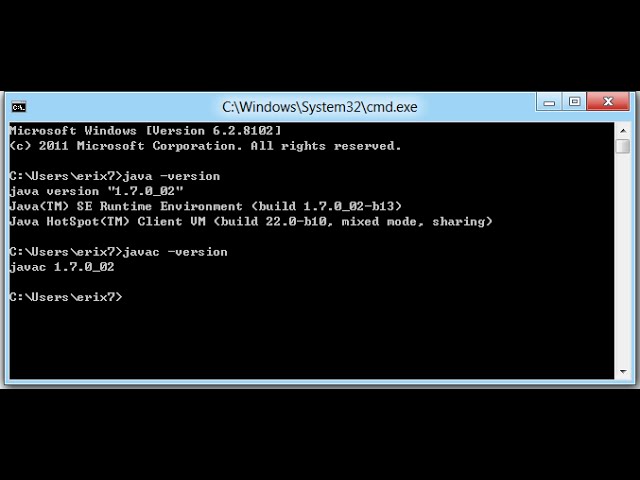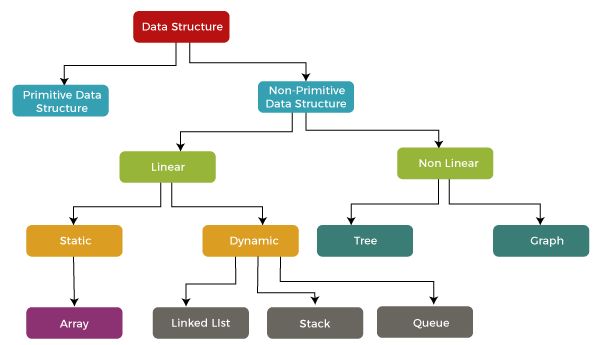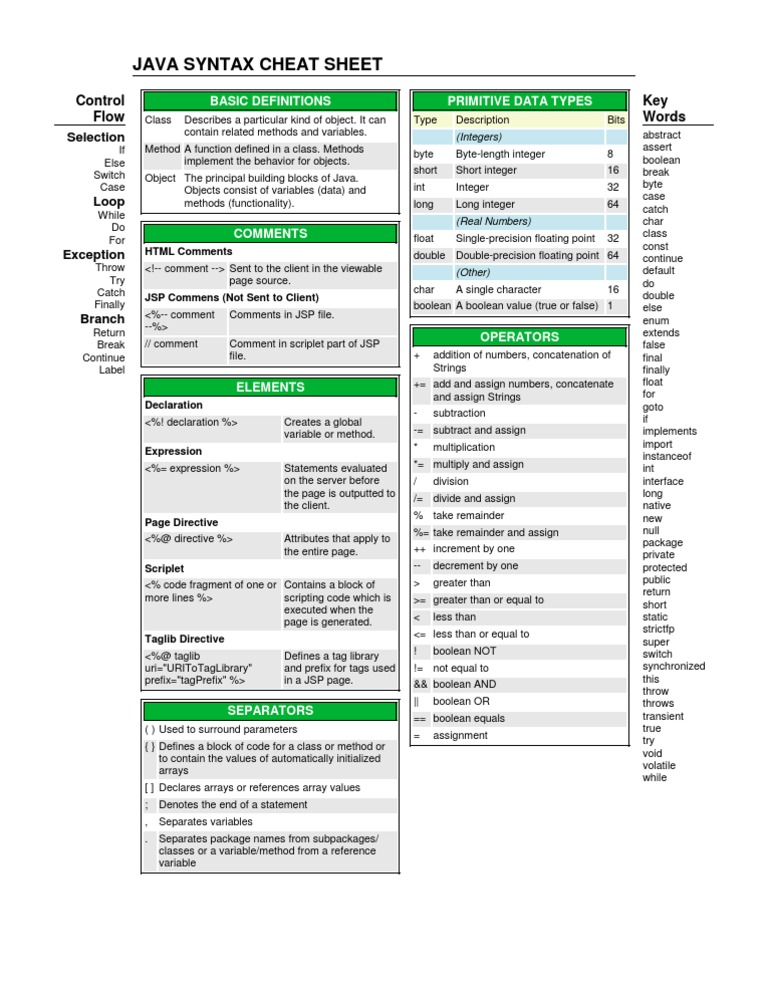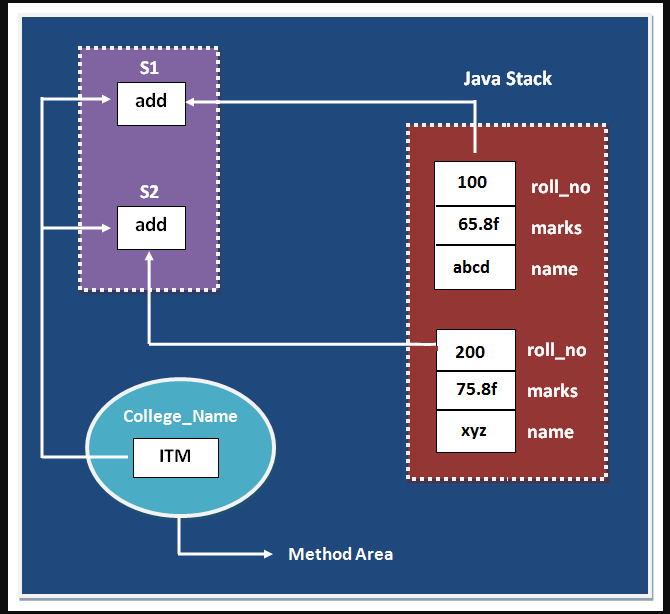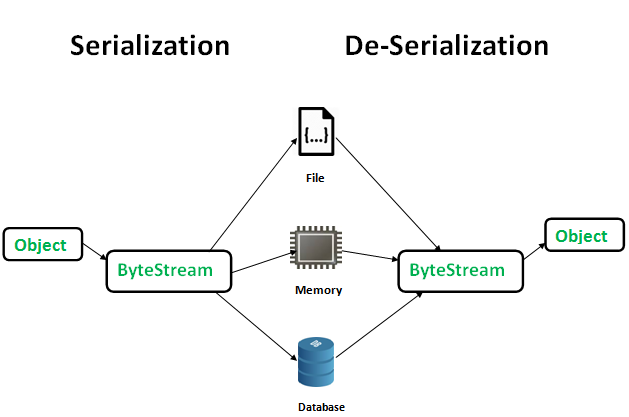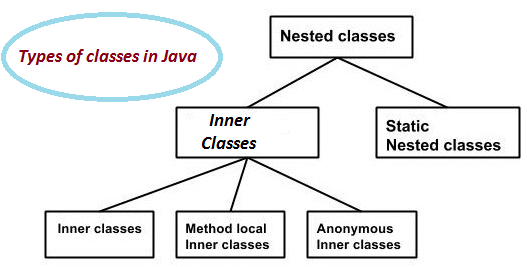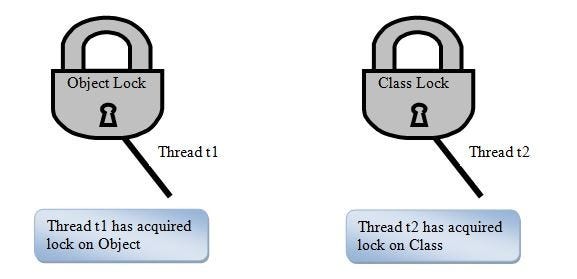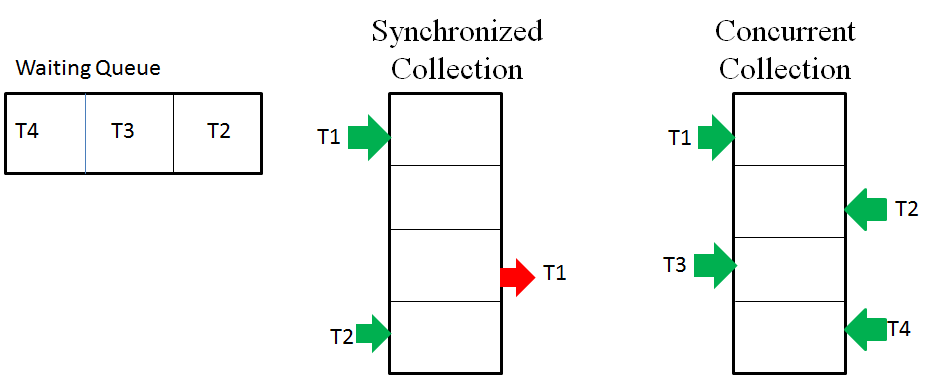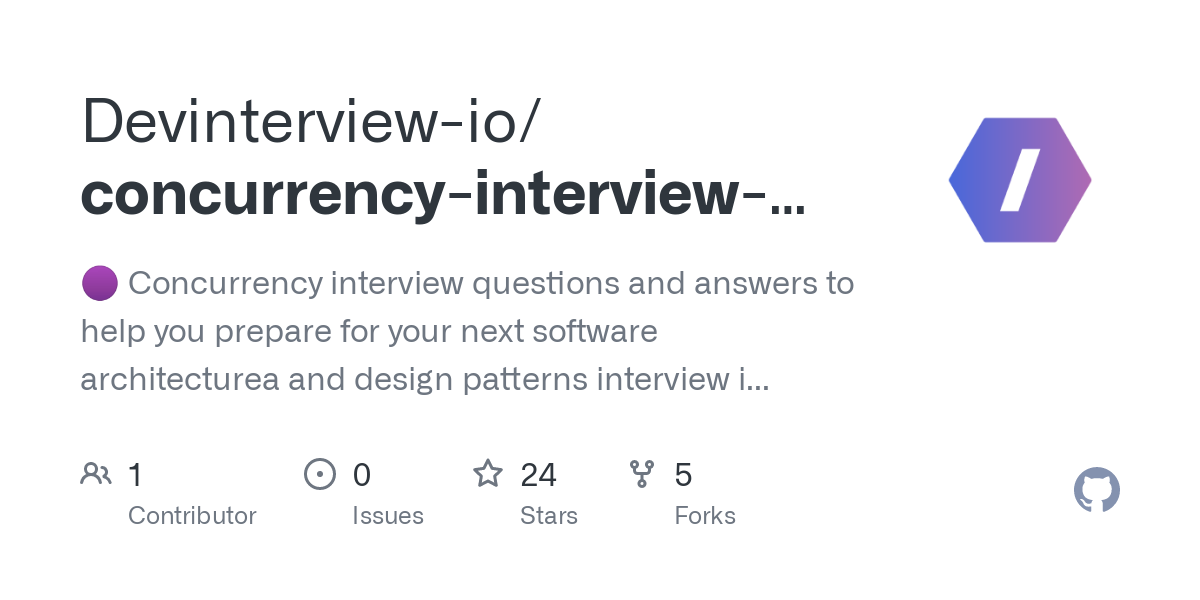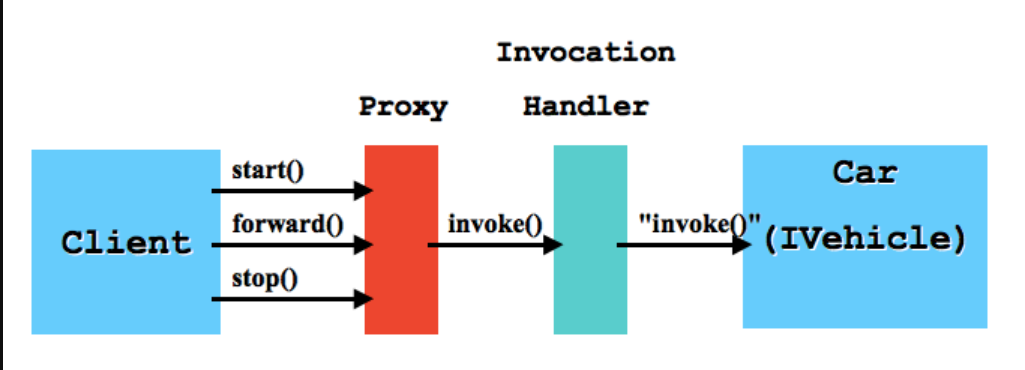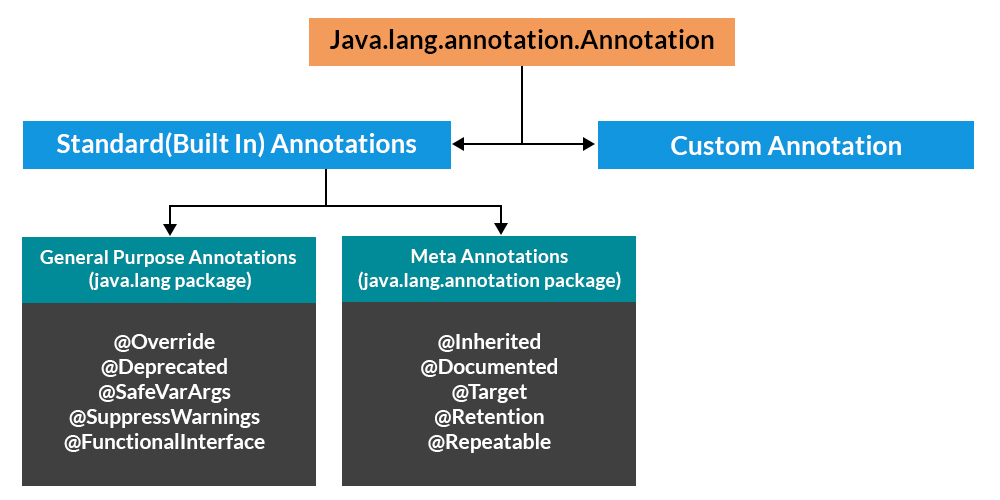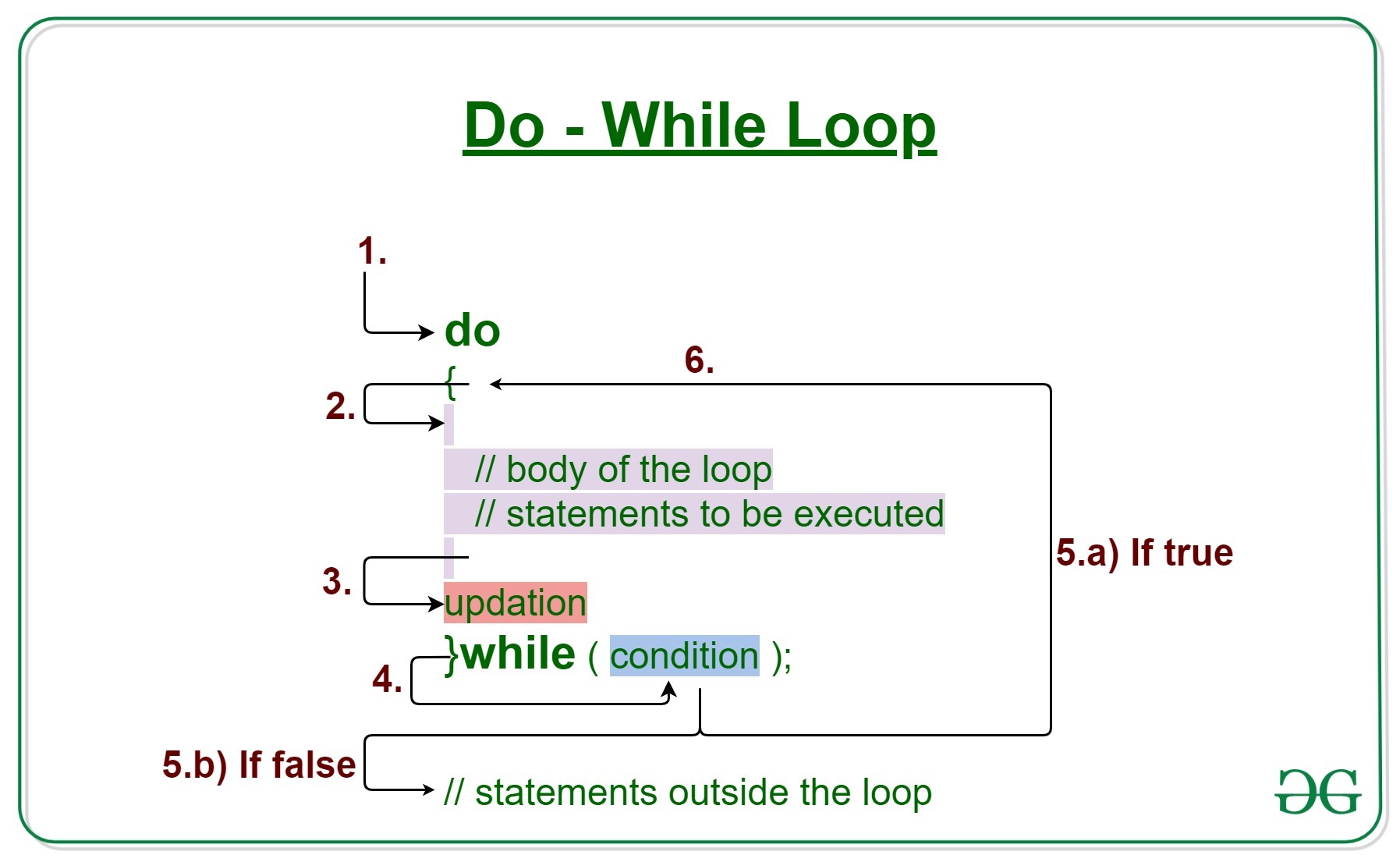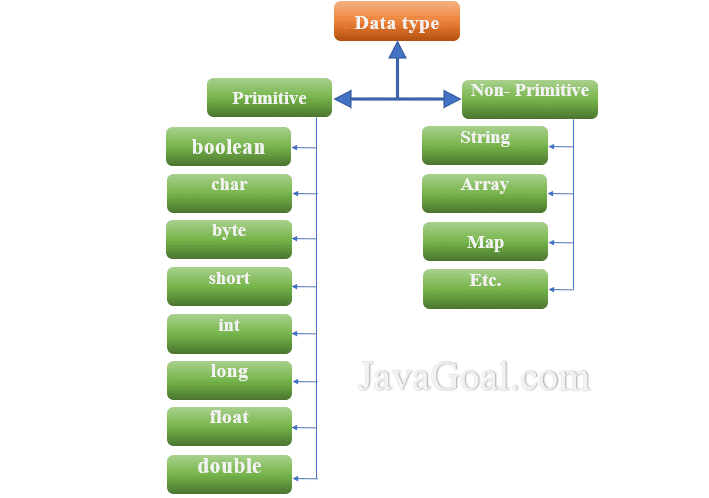observer design pattern in java real time example
observer design pattern in java real time example
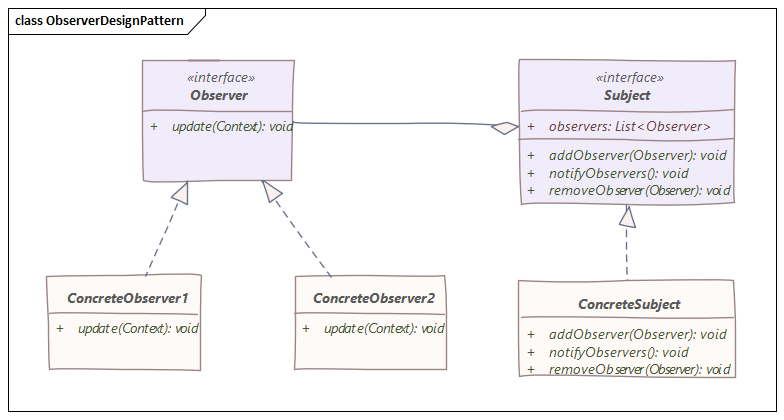
The Observer Design Pattern is a behavioral design pattern that allows an object to notify other objects about changes to its state. This pattern is commonly used when multiple objects need to be notified of changes to another object.
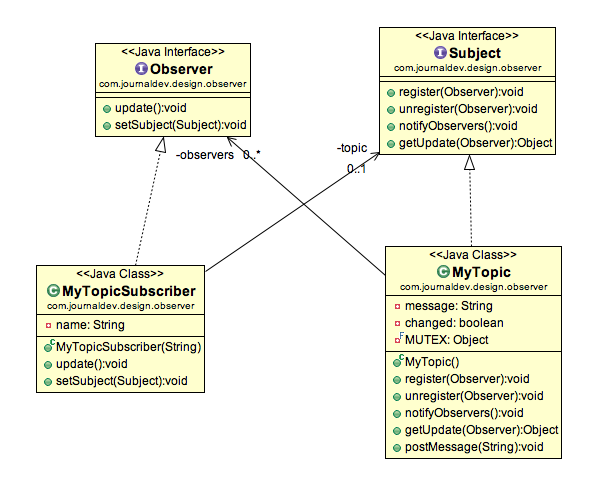
In Java, the Observer pattern can be implemented using the following steps:
Define an interface for observers: Create an interfaceObserver that specifies the update method. This method will be called on each observer whenever the state of the subject changes. Define a subject class: Create a class Subject that implements the Observable interface (in Java, this is typically implemented by extending java.util.Observable). The Subject class maintains a list of observers and provides methods to add, remove, and notify observers when its state changes.
Here's an example of how you could implement the Observer pattern in Java:
// Interface for Observersinterface Observer {
void update(String message);
}
// Class representing the Subject (observable)
class WeatherStation extends java.util.Observable {
private String weather;
public void setWeather(String weather) {
this.weather = weather;
setChanged();
notifyObservers("The current weather is: " + weather);
}
// Method to add observers
public void addObserver(Observer o) {
super.addObserver(o);
}
}
// Concrete Observer class that displays the weather forecast
class WeatherForecastDisplay implements Observer {
@Override
public void update(String message) {
System.out.println(message);
}
}
public class Main {
public static void main(String[] args) {
// Create a WeatherStation (Subject)
WeatherStation weatherStation = new WeatherStation();
// Create and add a WeatherForecastDisplay as an observer
weatherStation.addObserver(new WeatherForecastDisplay());
// Set the initial weather state (initially sunny)
weatherStation.setWeather("Sunny");
// Set the weather to change (now it's cloudy)
weatherStation.setWeather("Cloudy");
// Set the weather again, and observers will be notified
weatherStation.setWeather("Rainy");
}
}
In this example, the WeatherStation class is a subject that can have multiple Observers (like WeatherForecastDisplay) subscribed to it. When the weather state changes (setWeather()), all registered observers are notified through the update() method.
The WeatherForecastDisplay class displays the updated weather forecast to the user. By registering as an observer with the WeatherStation, it can receive updates whenever the weather changes.
This example demonstrates how the Observer pattern allows objects (observers) to be decoupled from each other, making it easier to maintain and extend the system without affecting existing code.
In real-life scenarios, the Observer pattern is used in:
GUI applications to update UI components when the state of an object changes. Web services to notify clients about changes to data. Financial systems to inform traders about market updates. Weather services to alert users about weather changes.By implementing the Observer pattern, you can create robust and scalable software systems that adapt easily to changing requirements.
Which Java package or framework uses the Observer pattern to monitor events?
The Observer pattern is a fundamental design pattern that enables loose coupling between objects that need to communicate with each other. In the context of Java, several packages and frameworks employ this pattern to manage event-driven programming.
One notable example is the JavaBeans (Javabean) specification from Sun Microsystems. JavaBeans provides a framework for building reusable software components in Java. The Observer pattern plays a crucial role in allowing JavaBeans to communicate with each other by broadcasting events. Beans that register as observers can react to changes or events triggered by another bean.
Another prominent example is the Spring Framework, which uses the Observer pattern through its event-driven programming mechanism. Spring allows applications to publish events and have observers listen for these events, enabling loose coupling between components. This decouples the observer from the observed, making it easier to maintain and extend the application.
The JavaFX (JavaFX 2) framework also employs the Observer pattern in managing UI events. JavaFX uses a mechanism called "event handling" which allows UI controls like buttons and text fields to broadcast events when users interact with them. Observers can then listen for these events and react accordingly, enabling UI components to communicate seamlessly.
Oracle's Java API for XML Processing (JAXP) also employs the Observer pattern in its processing of XML documents. JAXP allows applications to register observers that can watch changes in an XML document. This enables event-driven processing of XML data, making it easier to integrate with other systems and tools.
Lastly, the Java-based web application framework, Vaadin, uses the Observer pattern to manage events triggered by user interactions like button clicks or form submissions. Observers can then react to these events and update the UI accordingly, providing a reactive programming model for web applications.
In conclusion, various Java packages and frameworks leverage the Observer pattern to manage event-driven programming, decouple components, and enable loose coupling between objects that need to communicate with each other. The use of this design pattern fosters modularity, maintainability, and scalability in software development.
